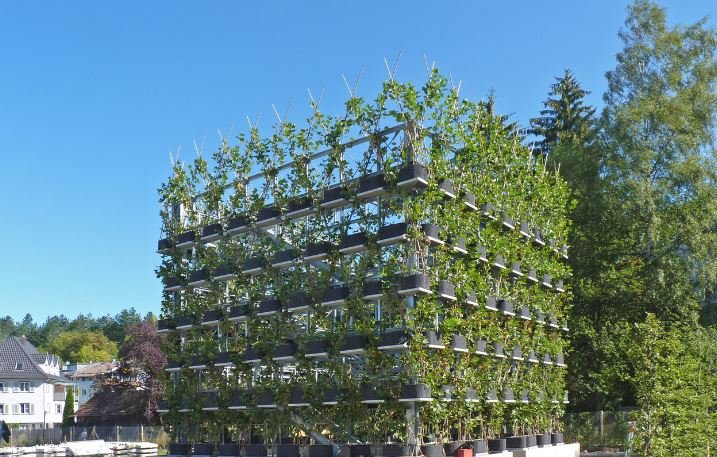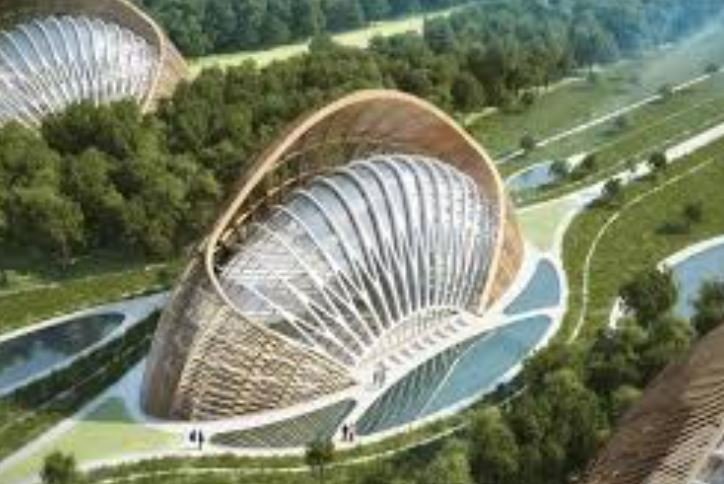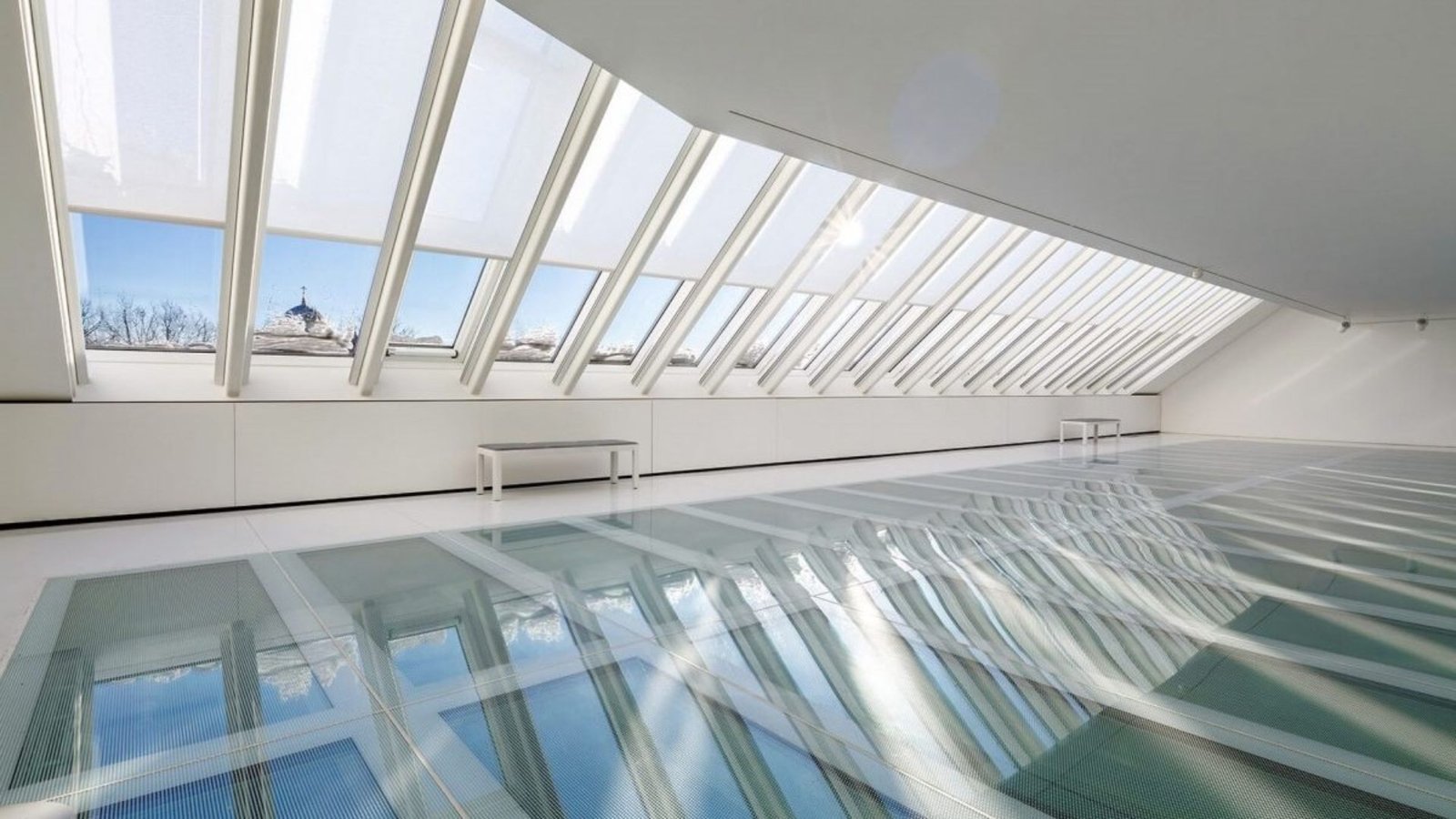Living Buildings: Buildings that incorporate plant life
Living buildings go beyond traditional architecture by integrating plant life into their structure and design. This article explores how greenery enhances building sustainability, promotes biophilic connections, and transforms urban landscapes. Benefits of Incorporating Plant Life in Buildings Enhanced Air Quality and Climate Control Plants naturally filter pollutants, absorb carbon dioxide, and release oxygen, improving indoor










